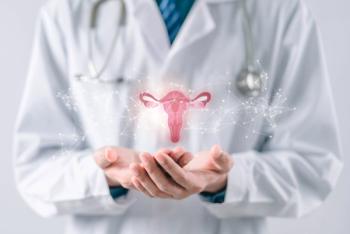
Cardiac changes around the final menstrual period
An analysis of data from SWAN underscores the importance of monitoring women going through menopause for cardiovascular disease (CVD) risk factors.
An analysis of data from the
Published in
Methods
The authors estimated annual percentage changes in cfPWV in three time segments relative to FMP: more than 1 year before FMP (segment 1), within 1 year of FMP (segment 2), and more than 1 year after FMP (segment 3). Piecewise linear mixed-effects models were used to estimate and compare annual changes in cfPWV among time segments.
At baseline, women were 51.1±2.8 years of age and 36% of them were black. They completed self- and interviewer-administered questionnaires on sociodemographic and lifestyle factors and medical history at visits that coincided with their cfPWV exams. Physical activity, menopause status, and use of medications for cholesterol, blood pressure and diabetes also were self-reported and assessed.
Findings
The authors found that annual percentage change (95% confidence interval [CI]) in cfPWV varied by time segment: 0.9% (-0.6% to 2.3%) for segment 1 FMP, 7.5% (4.1% to 11.1%) for segment 2 and -1.0% (-2.8% to 0.8%) for segment 3. Annual percentage change in cfPWV for segment 1 was significantly greater than for segments 2 and 3; P< 0.05 for both comparisons. Adjusting for concurrent CVD risk factors explained part of the change estimate but did not eliminate the difference.
Only in segment 1 did race modify the rate of change in cfPWV, with black women showing an annual increase of 2.0% versus 0.6% for white women (P= 0.04 for racial difference). Only black women had a statistically significant increase in cfPWV within segment 1.
Conclusions
The authors noted that the significant increases in central arterial stiffness seen in the 1-year period around FMP were independent of aging, midlife CVD risk factors, estradiol and follicle stimulating hormone levels. “Our results,” the said, “are consistent with previous findings showing significant vascular structural changes and CVD risk factors worsening around the time of FMP. Collectively, our findings underscore the importance of frequent and timely monitoring of CVD risk factors and stressing more intensive lifestyle modifications in women transitioning through menopause.”
Newsletter
Get the latest clinical updates, case studies, and expert commentary in obstetric and gynecologic care. Sign up now to stay informed.









